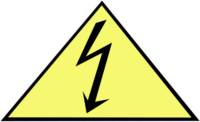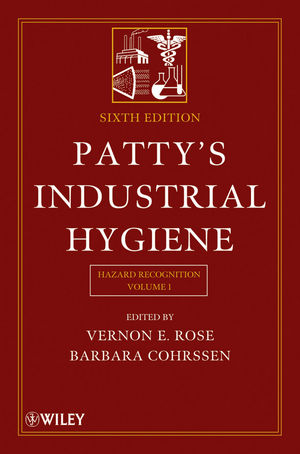Protecting workers from an arc flash hazard

According to OSHA, arc flash burns are one of the top three most common hazards when working with energized electrical equipment.
Every day in the U.S. there are up to 10 arc flash incidents, totaling more than 3,600 disabling electrical contact injuries each year. The violent nature of arc flash exposure, which can result in a fatality, even if a worker is 10 feet from the blast site.
Avoiding tragedies
Determine hazard potential.
Unsafe work environments, including dust, dropping tools, accidental touching, condensation, material failure, corrosion and faulty installation, can cause arc flash hazards. Conduct an arc flash hazards audit, looking for situations in which workers can be on or near exposed and energized equipment, or in a hazardous environment. Collect detailed data and information, such as transformer nameplates, conductor sizes and circuit breaker settings, and then create a current one-line electrical drawing. When determining which data to collect, refer to National Fire Protection Agency (NFPA) 70E requirements for safe workplace practices.
Reduce exposure.
Ask a licensed professional engineer with a thorough working knowledge of NFPA 70E requirements to identify ways to reduce or eliminate potential arc flash hazards, such as de-energizing equipment; preventing or limiting worker access with insulating, guarding or barricades; and tagging equipment with NFPA-compliant arc flash hazard and electrical shock warning labels.
Calculate arc flash boundary.
Work with the licensed professional engineer to determine the minimum required, safe working distance from each piece of equipment for which an arc flash hazard exists. Use a reliable source or methodology, such as NFPA 70E tables or formulas, IEEE Standard 1584 formulas or spreadsheet calculator, or boundary calculations software.
Protect employees.
To assist employers in ensuing that workers exposed to electric arc hazards do not wear clothing that can melt onto skin or ignite and burn when exposed to arc flash, as well as to mitigate the physical impact of arc flash, use AF (arc flash)-rated PPE, which meets OSHA 1910.269(L)(8) as well as ASTM F887 arc flash requirements.
Head, face & eye protection
AF-rated eye/face protection products, including faceshields, safety spectacles and goggles, must be worn by at-risk workers. Such PPE must resist high heat and maintain necessary structural integrity in the face of arc flash hazards. Look for the arc flash system to ensure your selection of AF-rated protection.
Personal fall protection
AF-rated, full-body harnesses are built to withstand an arc flash impact and perform as required in the event of a fall.
Arc flash accidents happen on utility job sites and within industrial and other facilities where arc flash hazards exist. Arc flash-rated head, eye, face and fall protection products are the smartest course of action and, in many cases, are now required for at-risk workers.
Source: Utility Products
Looking for a reprint of this article?
From high-res PDFs to custom plaques, order your copy today!








